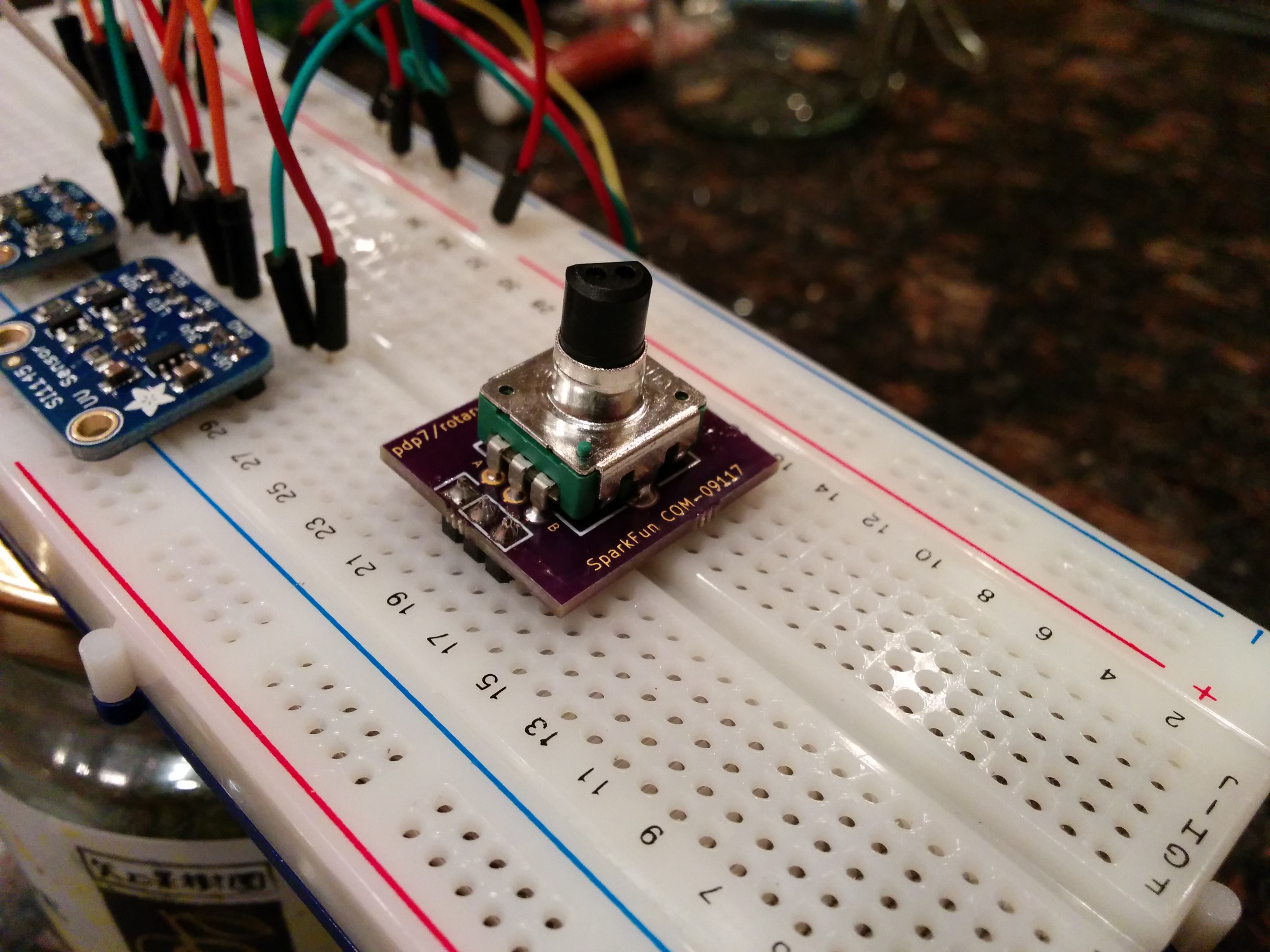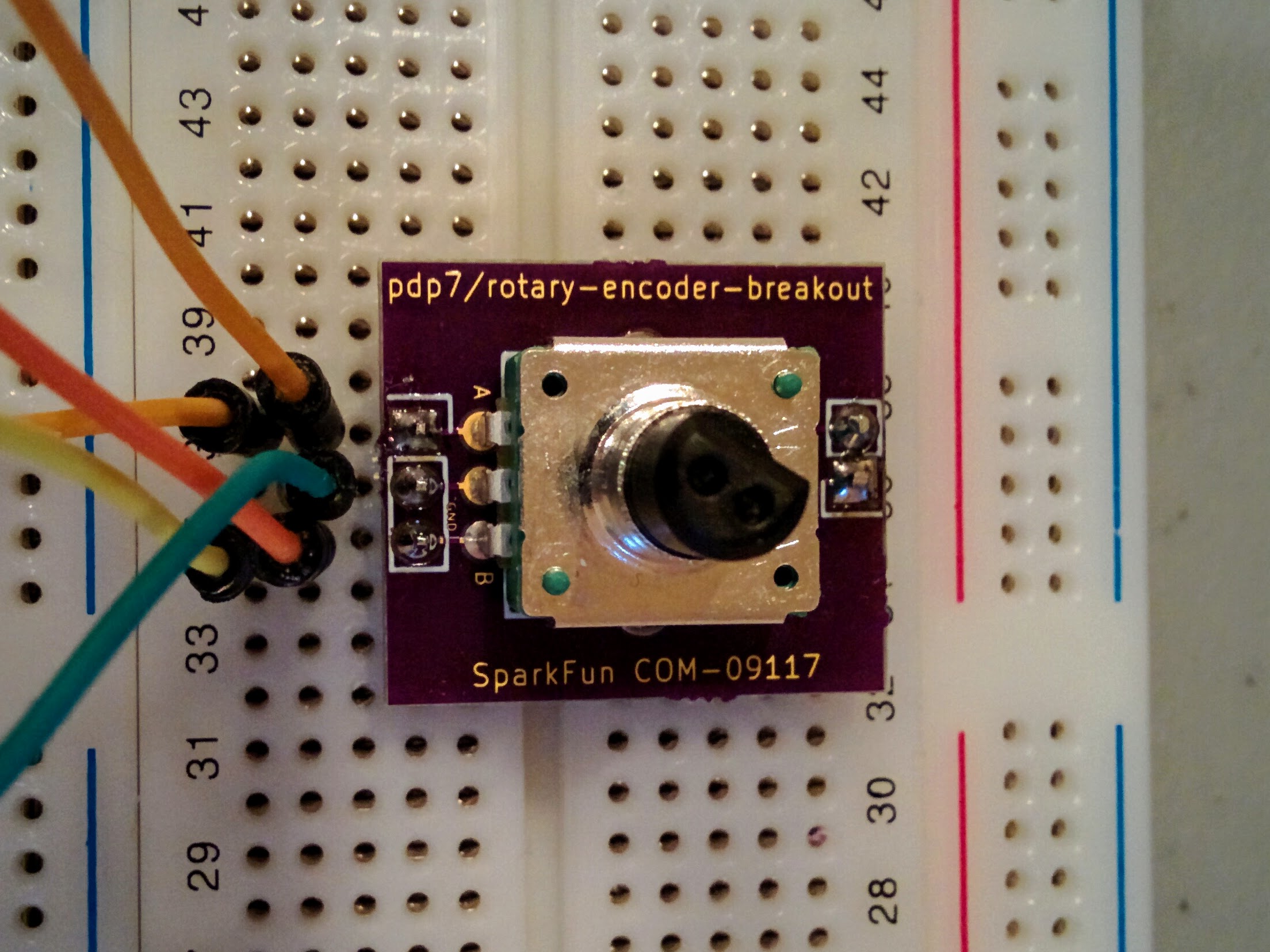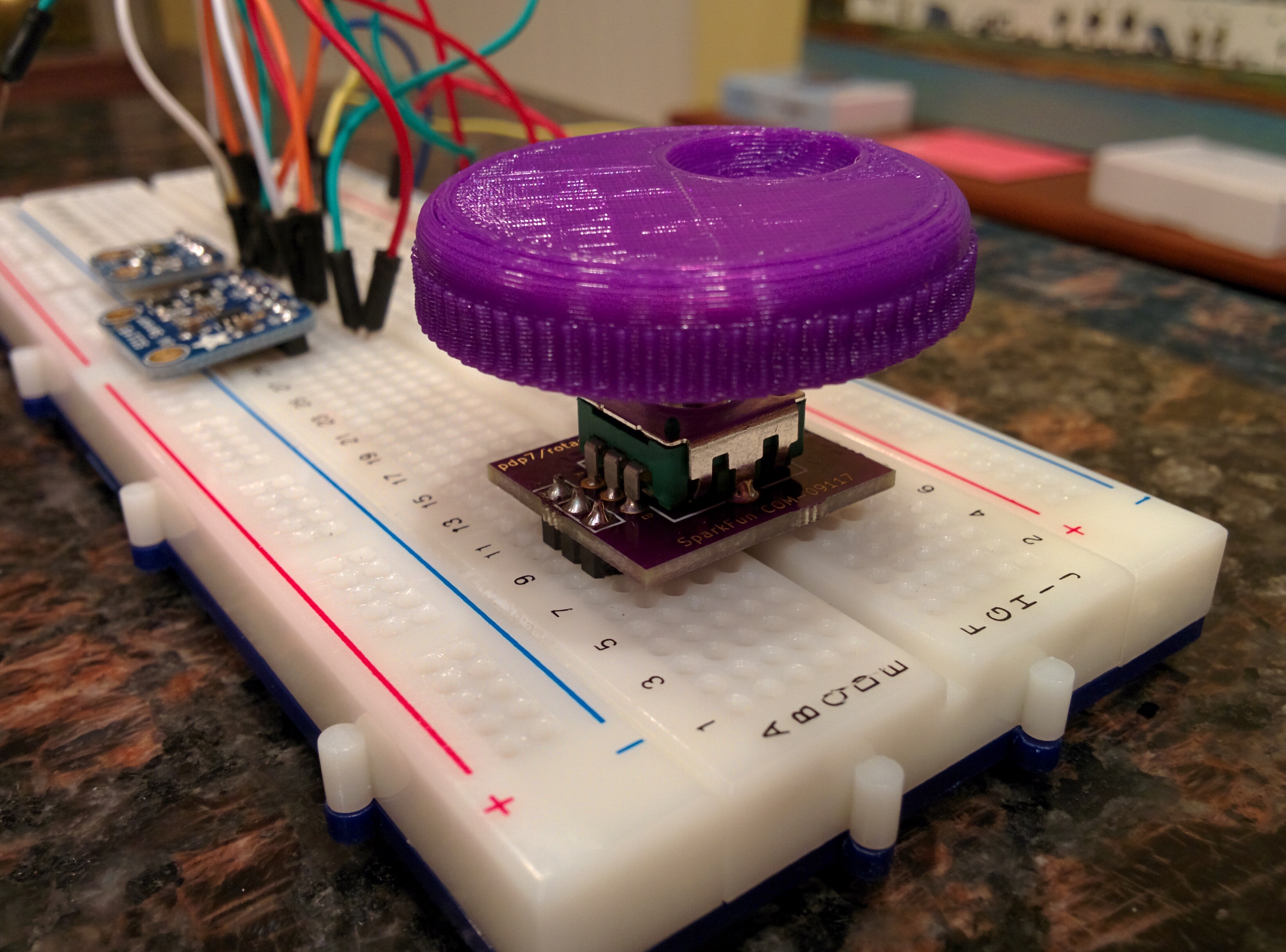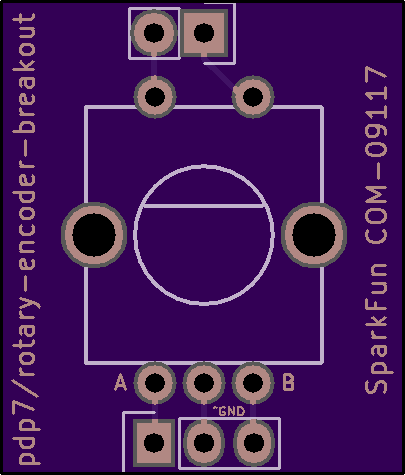James Lewis writes on Hackster about how this new initiative from SparkFun will allow people to mix and match multiple 32-bit microcontrollers with a vast array of peripherals:

Get Connected with SparkFun’s MicroMod — A New Modular Development Ecosystem for Embedded Designs
SparkFun has just announced a new modular ecosystem called MicroMod. Targeting rapid embedded development, MicroMod consists of two pieces: a microcontroller board and a carrier board. The interconnect between the two is the PC industry’s M.2 connector.
Look at any embedded device’s block diagram, and you’ll see a microcontroller in the middle with a bunch of stuff surrounding it. That model is probably why the processor gets picked early in development. But, what happens when the design needs a microprocessor with a different architecture? Or unexpected capability, like WiFi, crept into the requirements? In the past, it would take significant effort to change either the processor or, worst case, the rest of the embedded system. With MicroMod’s approach, the hardware change is as simple as swapping modules.
“The processor you start with is not always the one you end with … MicroMod makes exploring different microcontrollers easy.” — Nathan Seidle, SparkFun FounderArtemis processor MicroMod next to a US quarter dollar.The most striking physical feature of MicroMod’s processor modules is the size. Their widths are similar to M.2 devices, but their lengths are much shorter. Each processor board contains very few components. For example, the ESP32 board has the SoC, an antenna, a flash memory, and the USB-to-serial chip. That is it! The carrier board contains extra things like a reset switch, voltage regulator, USB connector, and in-circuit programming header. With so much pushed to the carrier boards, it is no wonder SparkFun opted for a high-density, high-pin count, high-speed connector like M.2!
To be clear, while mechanically compatible with the M.2, MicroMod is not electrically compatible. Fortunately, SparkFun has open-sourced the pinout. That step makes it easy to use the pre-made modules or to design your own.
With today’s launch, there are three processor boards and four carrier boards available.

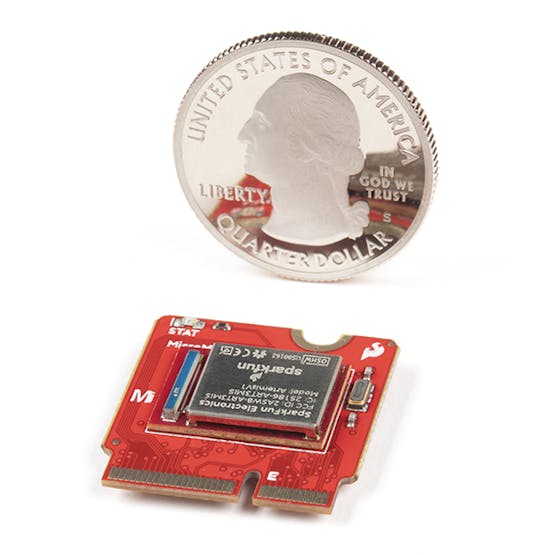
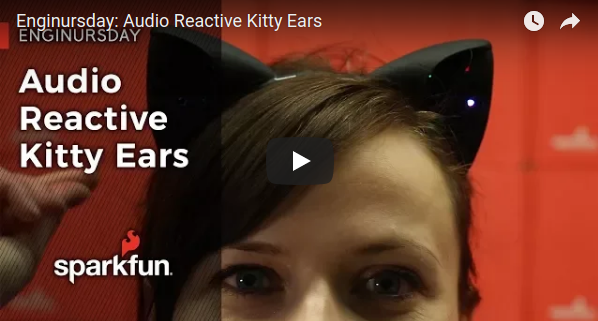
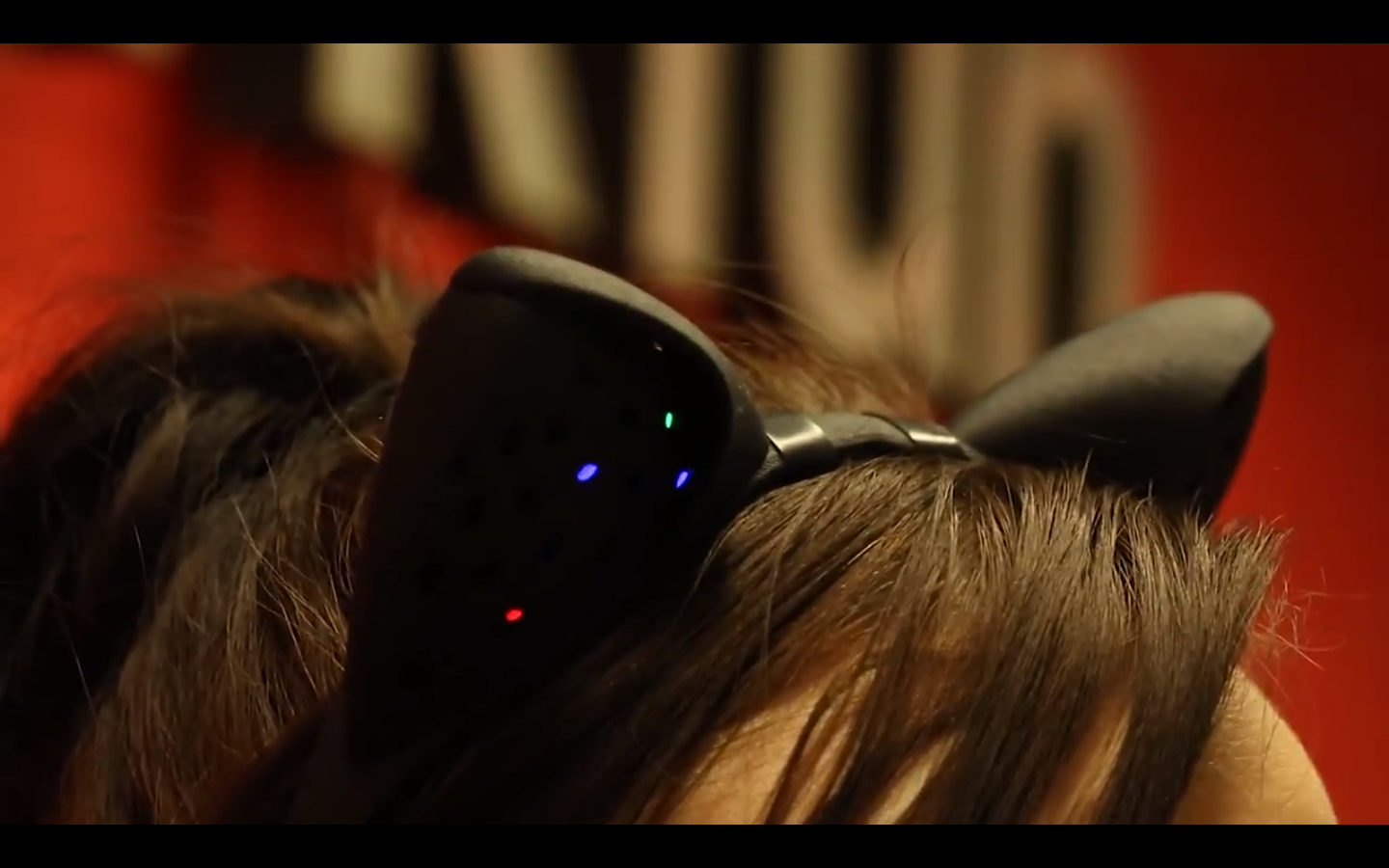




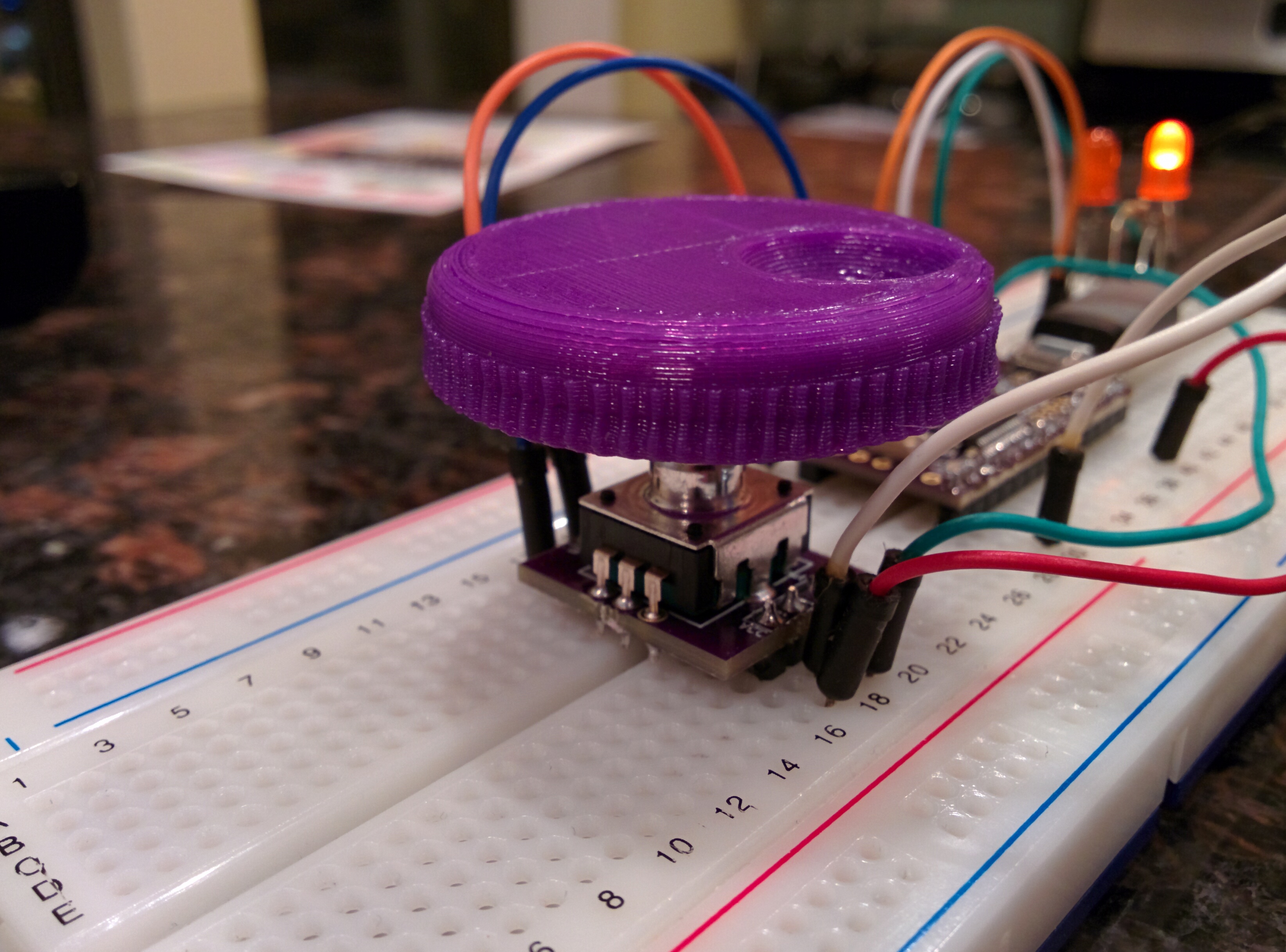



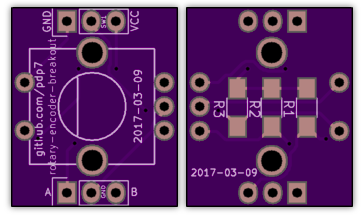


 rotary-encoder-test.ino
rotary-encoder-test.ino